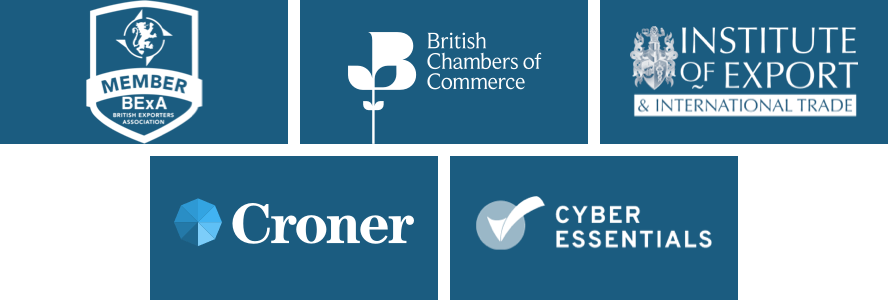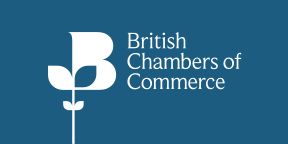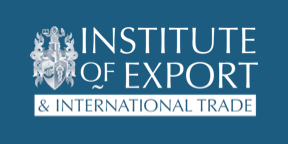BY:
SHARE:

What is changing?
Consignor and Consignee information is provided at the item level when moving goods from multiple consignors to multiple consignees in NCTS4. Each item can have a Consignor or Consignee attributed to it.
In NCTS5, the Transit Declaration (IE015) data structure will change. During the transition period (from the date of introduction until 21 January 2025), this will affect how you declare Consignor information and, from the introduction of NCTS5 final state (22 January 2025), how you declare both Consignor and Consignee information.
During the Transition Period: If your goods are sourced from multiple Consignors, you cannot declare the Consignor details individually for each item.
Consignee information can still be declared individually for each item. This change applies in all countries using NCTS5 systems and is aligned with the EU-TAXUD NCTS5 Technical Specifications.
Consignor information can still be declared at the overall Consignment level (applicable to all goods on the consignment). Still, it should only be declared this way if the same Consignor applies for all goods declared (sourced from the same consignor).
When goods are sourced from multiple Consignors, the goods can still be declared to the same transit declaration (IE015) and covered by the same TAD. Still, the consignor information cannot be provided per item and should not be provided at the overall Consignment level.
While this change affects how Consignors will be declared during this Transition Period, the Transit or logistical procedure remains the same, and goods can be moved as they are now in NCTS4.
During the Transition Period, ‘Multiple House Consignments’ will not be functional, and the number of goods declarable per declaration will remain at 999.
From 22 January 2025 – NCTS 5 final state: NCTS5 final state introduces ‘Multiple House Consignments’. These can be considered sub-sections of the Transit Declaration where information can be declared pertinent only to the goods attributed to each specific House Consignment.
Each House Consignment covers goods moving from one Consignor to one Consignee. If every item on the declaration has a different Consignor and Consignee than every other item, each item can be contained by its own unique House Consignment.
This is a change from declaring Consignor and Consignee information for each item individually as in NCTS4 but is not a change to functionality or procedure, and goods may still be moved from various Consignors to various Consignees as they are now.
In NCTS5 final state, up to 1999 goods items can be declared (an increase from 999 items in NCTS4), and these may be divided between up to 1999 House Consignments as required. Where a group of goods are moving from the same Consignor to the same Consignee, these will be declared to the same House Consignment. Please note that the use of Multiple House Consignments will only be possible when multiple Consignors and Consignees are involved in the movement; where a single Consignor / Consignee applies to all goods, this should be declared at the overall Consignment level.
Each House Consignment can contain only up to 999 goods items, and the Transit Declaration cannot exceed 1999 goods items in total.
It's important to note that the functionality of 'Multiple House Consignments' will only be available to users of 3rd party/commercial software initially. Users of the free-to-use web portal will be able to enter Multiple House Consignments at a later date. HMRC will advise when this functionality will be available in the web portal.
If you are interested in exploring this topic further, you might find it worthwhile to consider the training courses and live clinics offered by Strong & Herd LLP:
OneCall™ Email assistance as and when required; A one-call solution for all your import, export and customs enquiries. Export help. Import help. Customs help.
Stay informed about customs and international trade matters by subscribing to our OneCall™ service. This comprehensive offering includes a dedicated email helpline for support, timely practical updates direct to your inbox (Did You Know?), monthly UK Customs & Trade Briefings and access to an interactive members' area with an exclusive community for our subscribers.
International Trade Updates & Spotlight Newsletter
Subscribe to our free information emails covering international trade topics...
MORE INDUSTRY INSIGHTS...









